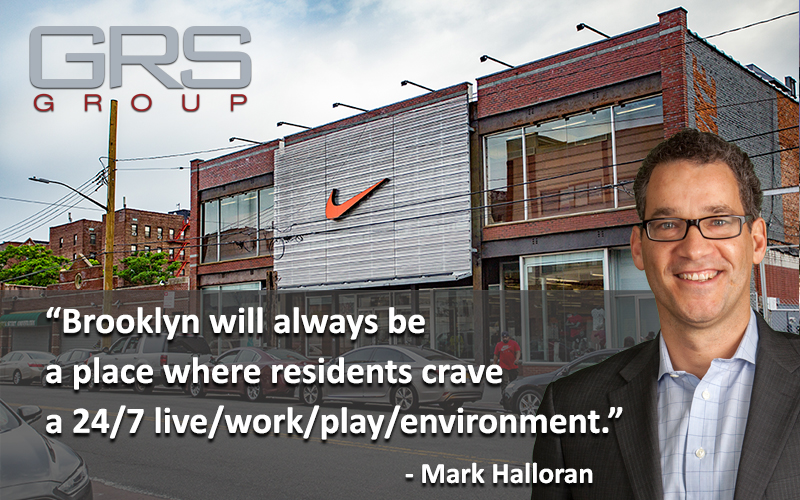
Mark Halloran
Director, GRS Group
(732) 450-8960
[email protected]
As talk about a brick-and-mortar retail apocalypse continues to persist, some markets are bucking that trend, and Brooklyn, N.Y., happens to be one of those.
Retail rents in the New York City borough continue to rise, according to recent figures by REBNY. It reportedly said that rent growth increased in 10 of the 15 retail corridors that were examined.
Meanwhile, The Real Deal also reported that Cushman & Wakefield said retail rents in Manhattan, by contrast, had fallen in 10 out of 11 areas tracked.
The biggest rent increase was seen on Flatbush Avenue, in the Prospect Heights neighborhood, near the Barclays Center arena. Over the last few years, stores have opened around the development, bringing an influx of big-name tenants drawn to event crowds. That led to a 30 percent increase along Flatbush, and they hit $109 per square foot over the first part of the year.
Coming in second place was nearby Fifth Avenue, in the Park Slope neighborhood, which saw rents increase 21 percent year over year and hit $95 per square foot.
As far as rents per square foot go, Brooklyn’s “Fulton Mall” area around Fulton Street saw the biggest increase, at 10 percent, hitting $359. The corridor took the top-place growth crown from areas of the Williamsburg neighborhood last year, according to past REBNY reports. However, Williamsburg’s Bedford Avenue had the highest overall rents per square foot, at $600.
Meanwhile, the National Retail Federation, at the beginning of the year, identified some new retail concepts around Brooklyn that could give us a glimpse of future stores to come. Among them is a Lowe’s in the Gowanus neighborhood that has a section called SmartSpot, which helps consumers purchase home-tech products. Another one, in the Greenpoint neighborhood, is called A/D/O, which is a 20,000-square-foot creative-office and retail space.
One of the tipping points to retail’s success in the borough is City Point, which was made by Extell Development. It has about 700,000 square feet of retail in a mixed-use space that totals 1.8 million square feet and boasts a variety of national tenants.
If tenants can afford the rents, the mass volume of the population, and desire for experiential retail, it will keep stores coming to Brooklyn, which will always be a place where residents crave a 24/7 live/work/play/environment.

